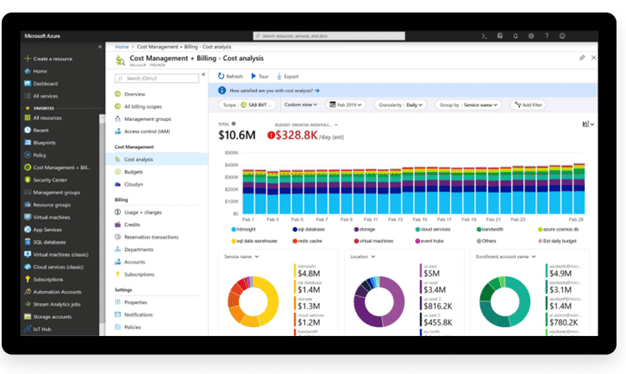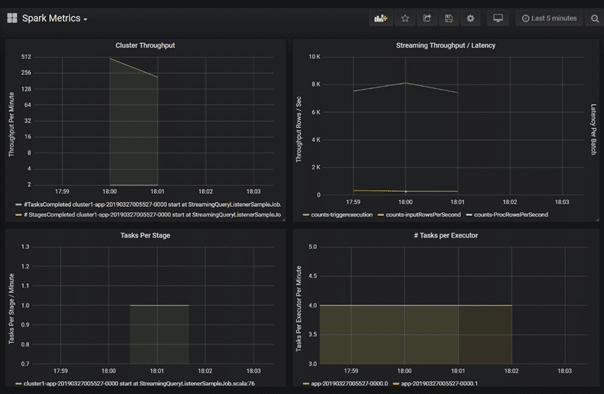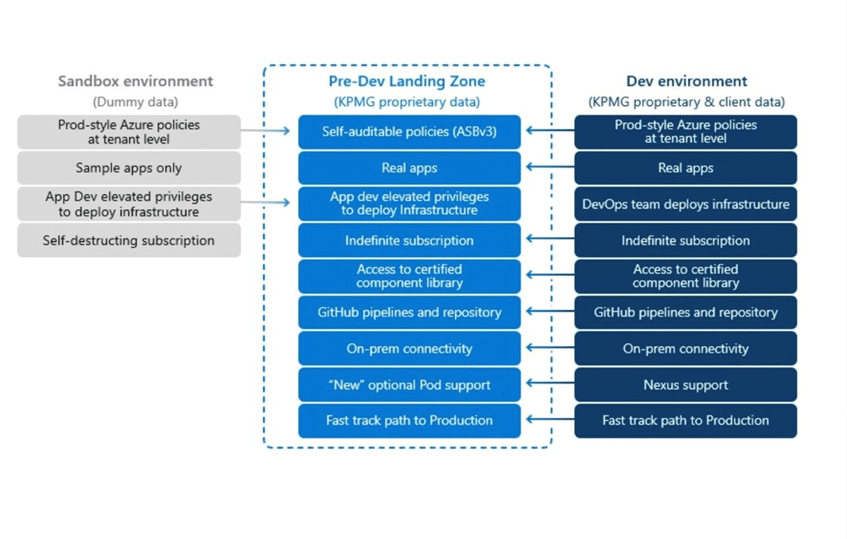Unlock Digital Transformation with Azure and Azure DevOps
Azure and Azure DevOps provides the infrastructure, environment, and tools that help users innovate, collaborate, and share knowledge.
Table of Content
Azure and Azure DevOps provides the infrastructure, environment, and tools that help users — technical or not — innovate, collaborate, and share institutional knowledge.
Together, these 200+ tools empower users to solve problems on their own, and help their colleagues and clients do the same.
Users can share insights, lessons, and reusable components that accelerate innovation, minimize risk, and make the most of limited resources.
Here, we explore some of the many ways Azure can take digital transformation to new heights.
Cost-savings and maximizing the value of IT investments are top priorities for most business leaders – particularly as they brace for a downturn.
Per a recent Wanclouds survey, more than 80% of IT pros say they’ve been directed by executives to lower cloud spending as economic conditions worsen and multi-cloud environments become increasingly expensive and difficult to manage.
A key theme throughout Microsoft’s content and marketing materials is that Azure helps companies do more with fewer resources.
Azure can help orgs break away from old cost-cutting methods like mass layoffs or postponing critical investments in skills training or digital innovation.
Azure Migrate, Microsoft’s cloud migration service offers a suite of tools that simplify the migration process – making it easier for orgs to get to the cloud, fast-track innovation, and optimize costs to ensure investments generate serious returns.
Azure’s centralized dashboard allows you to be proactive about eliminating waste and reallocating funds into areas that will drive future wins and boost organizational resilience.

Users can implement data governance and access permissions across all apps and services from a centralized dashboard in a matter of clicks.
That means you can embed AI search into all productivity tools or deploy integrated bots across all communication channels. You can also protect critical workloads from evolving threats on a holistic level.
Bottom line, Azure provides a unified platform for managing your entire digital estate – allowing you to save time, cut spending, and protect your business from risks that threaten the bottom line.
Embracing agile and DevOps on an org-wide level connects IT with everyone else —from the leaders that set the strategy and the subject matter experts with deep institutional knowledge to the sales and service reps working the front lines.
Much of Azure’s value comes from its ability to unify both sides of the innovation coin – fueling collaboration among fusion teams.
Technical and non-technical users, across all departments, can collaborate on shared projects using insights and tools that align with their role and experience.
Microsoft offers different paths for developing cloud-based apps. Low-code platforms like Power Apps and Power Automate allow citizen developers to create apps and automation with visual, drag-and-drop tools.
For pro devs, Azure DevOps offers a set of tools and services that accelerate development lifecycles, allowing teams to build new apps from scratch or extend the capabilities of prototypes designed by non-technical colleagues.
The DevOps suite includes agile planning tools, CI/CD pipelines, and test plans that allow dev teams to improve code via exploratory testing. Devs can build in any language, for any platform, and deploy to any cloud.
Azure also provides several tools that AI and machine learning accessible to employees of all skill levels, making it easier to quickly deploy intelligent applications. For example, H&R Block was able to accelerate AI use cases like document processing to provide fast, personalized tax services to its customers.
Progressive Insurance used Azure Cognitive Services and AI Bot Service to bring natural language processing into sales and service scenarios, eliminating friction from critical journeys.
The insurance provider is now using data gathered from bot interactions to build new models for answering questions and providing support. As a result, Progressive has been able to reduce costs and deflect over 50% of chats from live agents to intelligent bots.
Speaking of cost savings, democratizing data is one of the most effective ways to innovate on a budget. Per Microsoft, many innovations require little more than raw data, and sharing insights with the right experts opens the door to high-impact decisions and innovative solutions.
But, using data effectively requires orgs to think beyond availability. Instead, business leaders should focus on enabling applied observability.
“Applied observability” is one of Gartner’s top strategic trends for 2023 – and is key to turning insights into outcomes.
The process takes observable data and applies it using an integrated, orchestrated approach, spanning all apps operations, infrastructure, and functions.
According to Gartner VP analyst Frances Karamouzis, leveraging observable artifacts like API calls, traces, or logs accelerates decision-making. It reduces the amount of time it takes to take action so users can optimize operations in real-time.
In a recent interview, Helen Beal, Chief Ambassador at the DevOps Institute, advised business leaders to think more like DevOps pros and use observability as a tool for improving performance.
She explained that any system you implement will collect data about its activities, which can then be used to improve everything from security to CX.
The Gartner report recommends focusing on identifying potential use cases or improvements by looking at your passive and active metadata – and practicing moving from monitoring toward reacting to observable data in real time.
Azure supports observability goals by offering a single pane view for managing the entire digital estate, but the specific tools you use here will depend on what your network looks like and what you’re trying to measure and improve.
This guide to observability patterns and metrics explains how to apply observability data to improve the performance of a big data system. For this scenario, you’ll need to set up Azure Databricks, Azure Log Analytics, and Azure Monitor to get started.
You can use Azure’s default metrics or input custom ones. So, here, you might add time series metrics to production workspaces to track things like latency, task execution or resource consumption – and fix issues as they emerge.

You might look at sensor data in Azure IoT to track progress toward sustainability goals. Then, perhaps, use your findings to make in-the-moment decisions that reduce carbon emissions.
Or, you might use activity and audit logs from Azure Monitor to ensure that storage practices meet security compliance requirements.
There are countless applications, but the point is, enabling observability drives real-time action, and by extension, helps you reach goals faster and avoid serious issues down the road.
Orgs are optimizing cloud security by streamlining protections across platforms and services.
Increasingly, they’re leaning on AI and automation to optimize security operations, enforce governance, and take proactive action against evolving threats.
Azure helps businesses strengthen their security posture on all levels.
First, it provides a unified platform for managing all security operations using Zero Trust principles and best practices.
Tools like Microsoft Sentinel provide security analytics from your entire estate, while Defender for Cloud continuously scans your network for vulnerabilities, so you can protect critical workloads from incoming threats.
Azure also allows you to embed enhanced protection into development environments, analytics tools, and AI/ML models.
For example, KPMG created a pre-development sandbox that allowed developers to work with the firm’s proprietary data – with baked-in controls for safeguarding critical insights.

By improving security, the firm was able to provide greater access to developers, fast-tracking app delivery. Experts could quickly turn demos into projects, rapidly prototype in the cloud, and use highly classified data to work with AI and ML models.
Ultimately, Azure’s centralized controls and proactive threat prevention and detection capabilities allow organizations to minimize risk without slowing development.
Microsoft Azure and Azure DevOps are total game-changers for digital transformation strategies everywhere.
While DX can be daunting, Microsoft Azure and Azure DevOps can help you power through this transition – bringing people, processes, and technologies together to collaborate on shared goals.
Businesses can accelerate their software development lifecycle while benefiting from the agility, flexibility, scalability, security, and privacy that come with the cloud.
Contact us today to learn more about our approach, experience, and what we can do to support your DX journey.
Talk to us about how Velosio can help you realize business value faster with end-to-end solutions and cloud services.